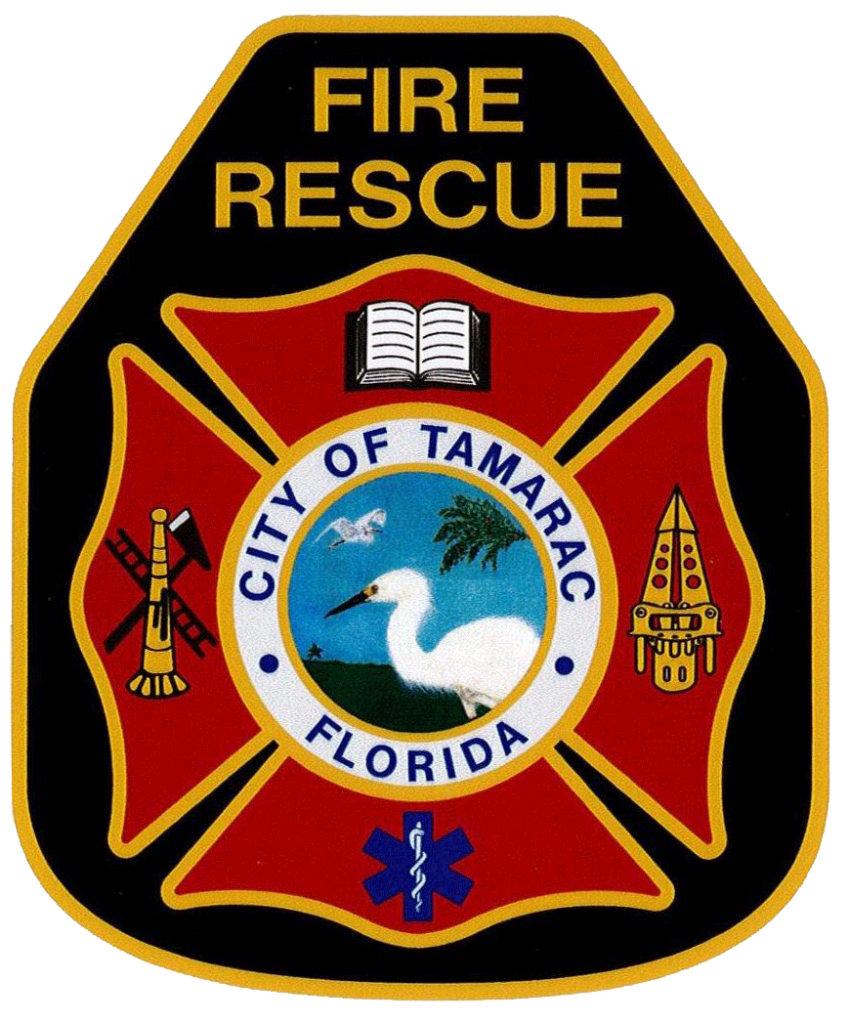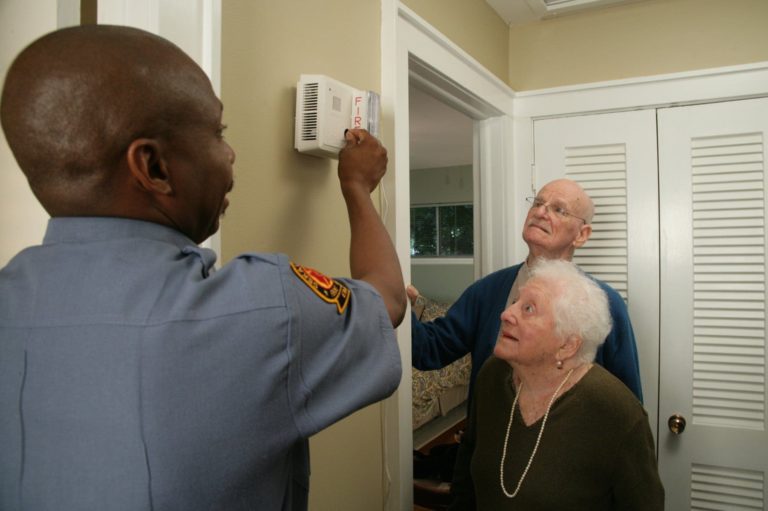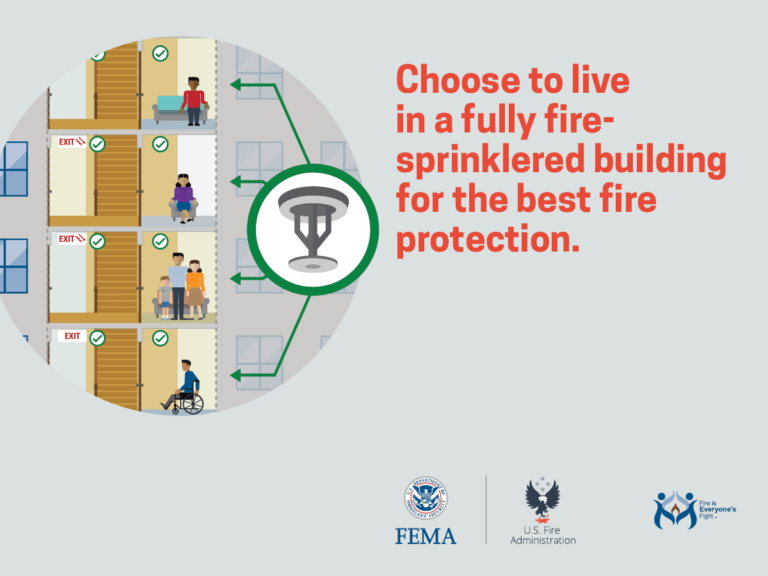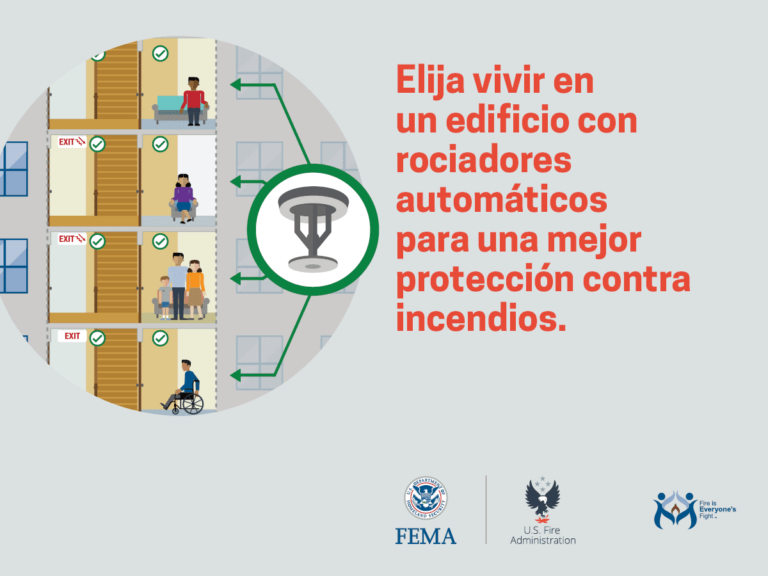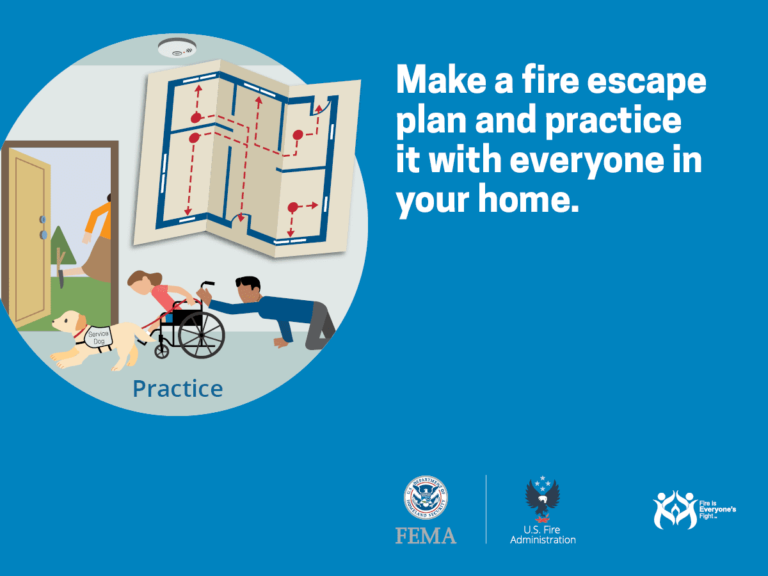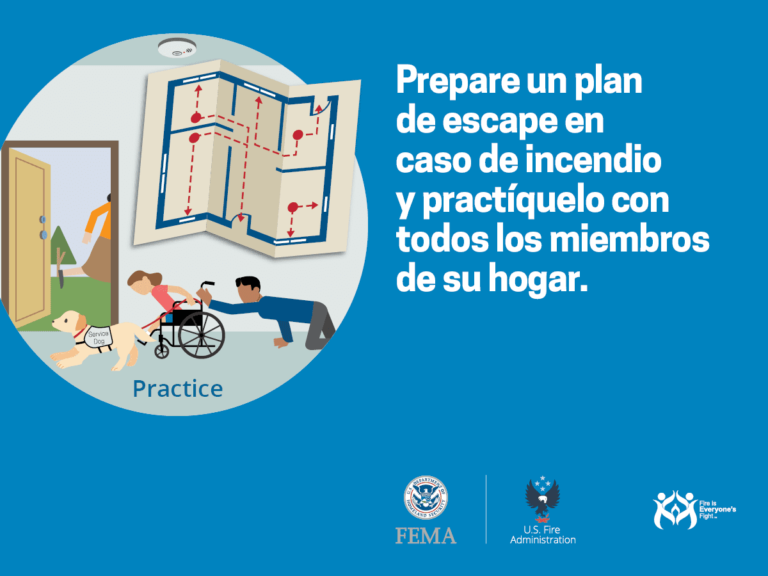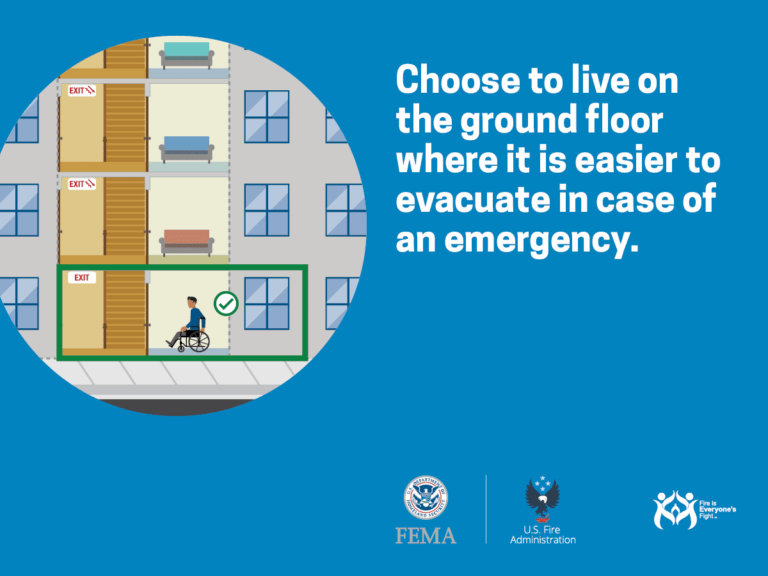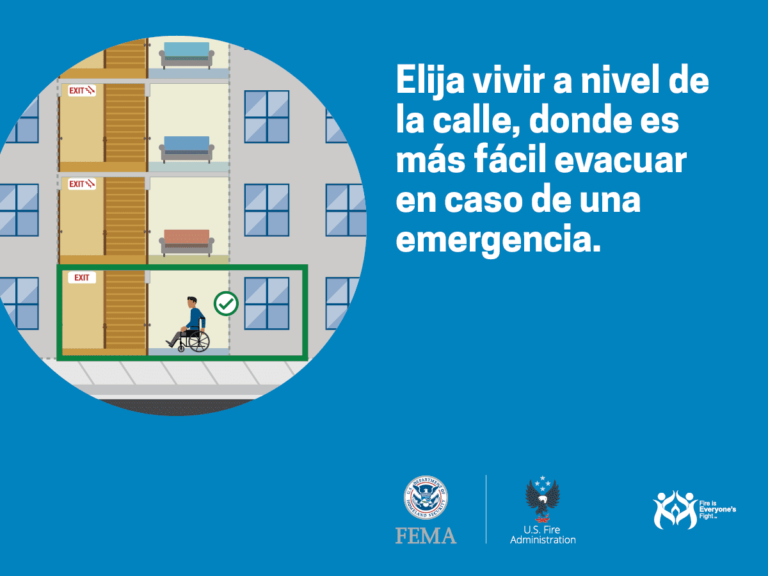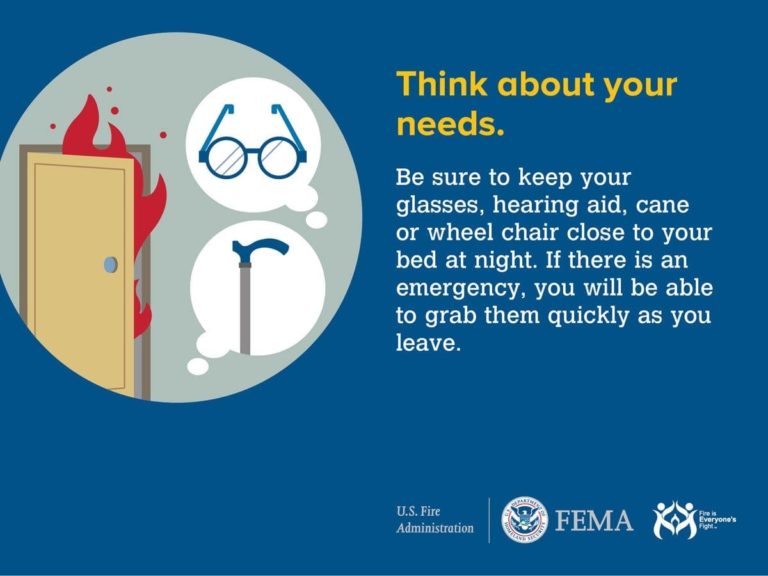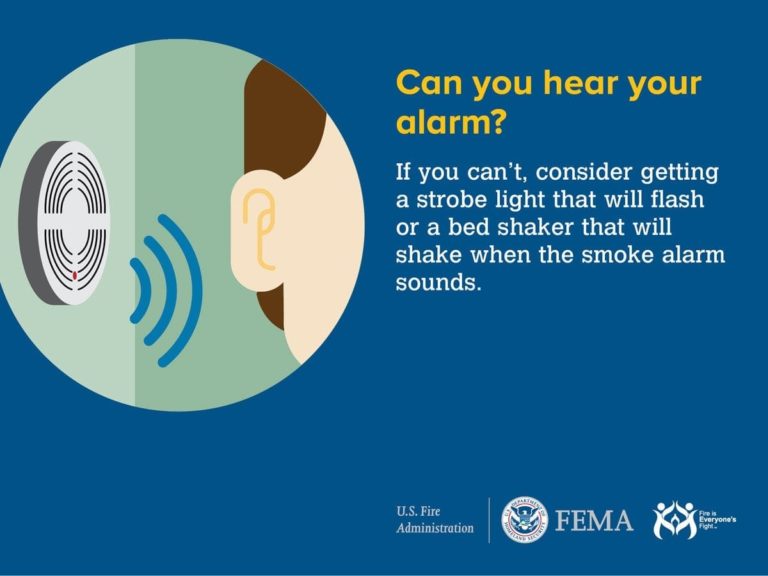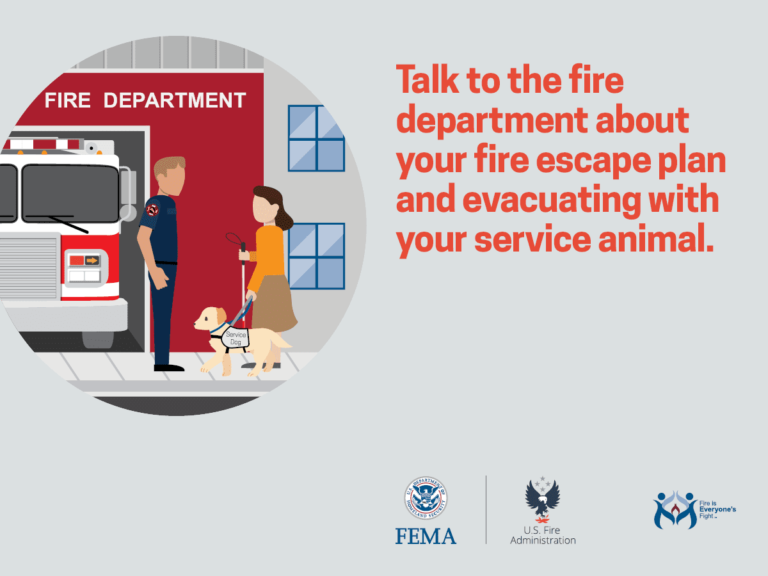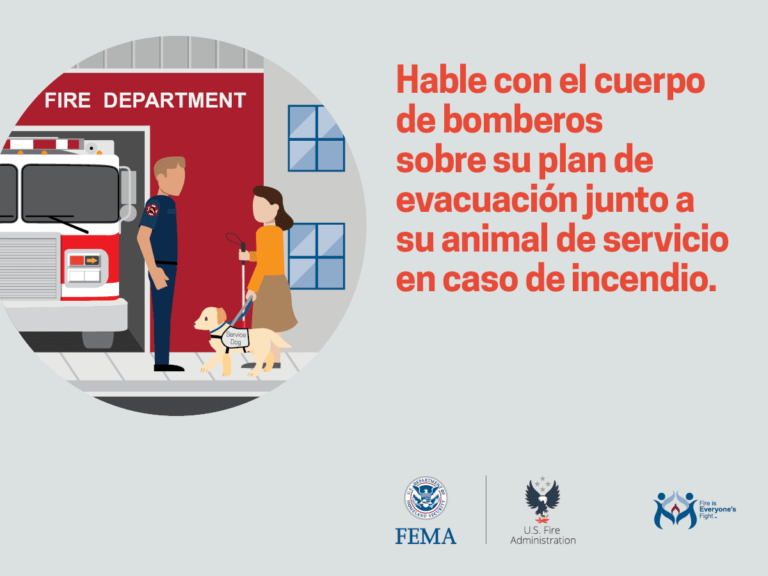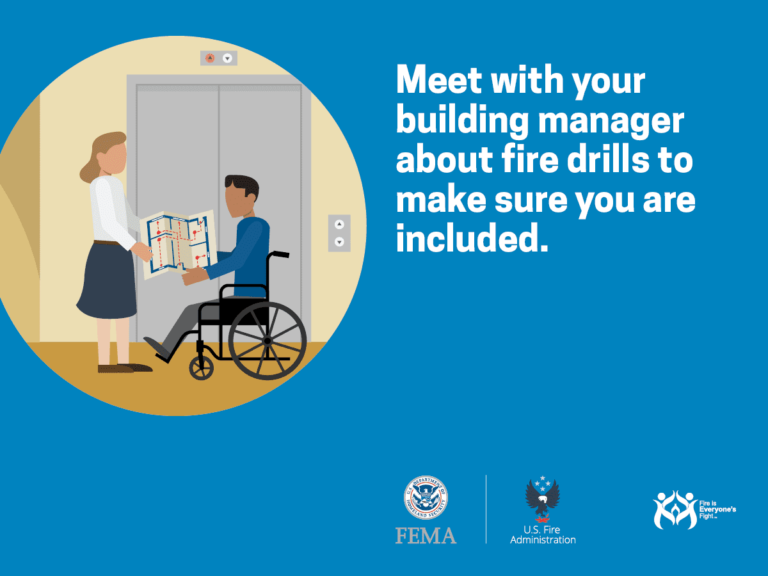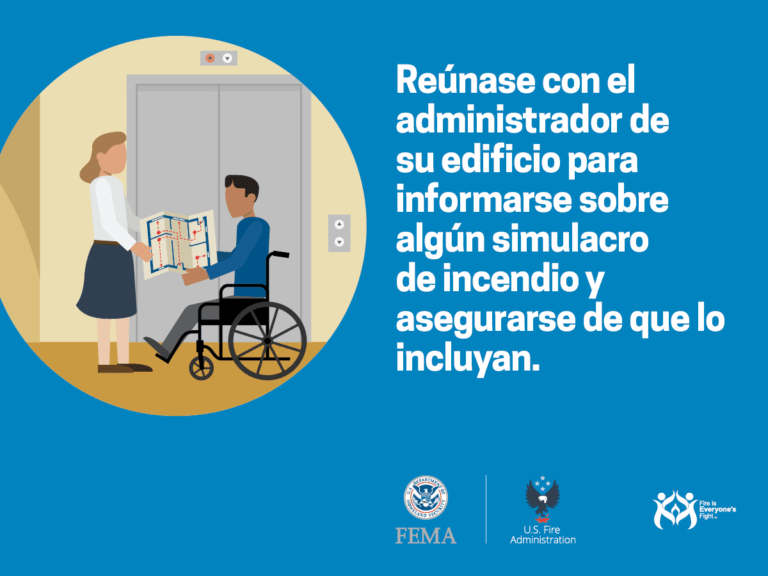More than 43 million Americans have a disability. The identity of the group of Americans with disabilities is constantly changing — at any moment we ourselves could become part of this group, for maybe a short time or maybe for a long time.
This is why it is important to be familiar with fire safety practices for those with disabilities. Here is everything you need to know!
Fire Safety for People with Disabilities- Quick Facts
- There are approximately 700 home fires involving people with physical disabilities.
- There are approximately 1,700 home fires involving people with mental disabilities.
- Kitchens and cooking areas are the primary areas where these fires start.
- An estimated 700 residential building fires involving individuals with physical disabilities are reported to U.S. fire departments each year and cause an estimated 160 deaths, 200 injuries, and $26 million in total loss.
- Cooking (22%) is the leading cause of residential building fires where a physical disability is reported as a human factor contributing to ignition.
Understand your fire risk
- Having physical or mental disabilities doesn’t mean you can’t keep you and your family safe from fire.
- Build your home safety plan around your abilities.
Install and maintain smoke alarms
- Smoke alarms with a vibrating pad or flashing light are available for people who are deaf or hard of hearing.
- Smoke alarms with a strobe light outside the home to catch the attention of neighbors, and emergency call systems for summoning help, are also available.
- Ask the manager of your building, or a friend or relative, to install at least one smoke alarm on each level of your home.
- Test smoke alarm batteries every month and change them at least once a year. If you can’t reach the test button on your smoke alarm, ask someone to test it for you.
Live near an exit
- Although you have the legal right to live where you choose, you’ll be safest on the ground floor if you live in an apartment building.
- If you live in a multistory home, arrange to sleep on the first floor.
- Being on the ground floor and near an exit will make your escape easier.
Plan your escape
- Plan your escape around your capabilities.
- Know at least two exits from every room.
- If you use a walker or wheelchair, check all exits to be sure you can get through the doorways.
- Make any necessary changes, such as installing exit ramps and widening doorways, to make an emergency escape easier.
Don’t isolate yourself
- Speak to your family members, building manager or neighbors about your fire safety plan and practice it with them.
- Contact your local fire department’s nonemergency line and explain your needs. They can suggest escape plan ideas and may perform a home fire safety inspection if you ask.
- Ask emergency providers to keep your needs information on file.
- Keep a phone near your bed and be ready to call 911 or your local emergency number if a fire occurs.
Quick Tips to Share
Share these graphics with your family and friends! We encourage you to print these and also share on social media.
Source for Content: National Fire Protection Association and U.S. Fire Administration
